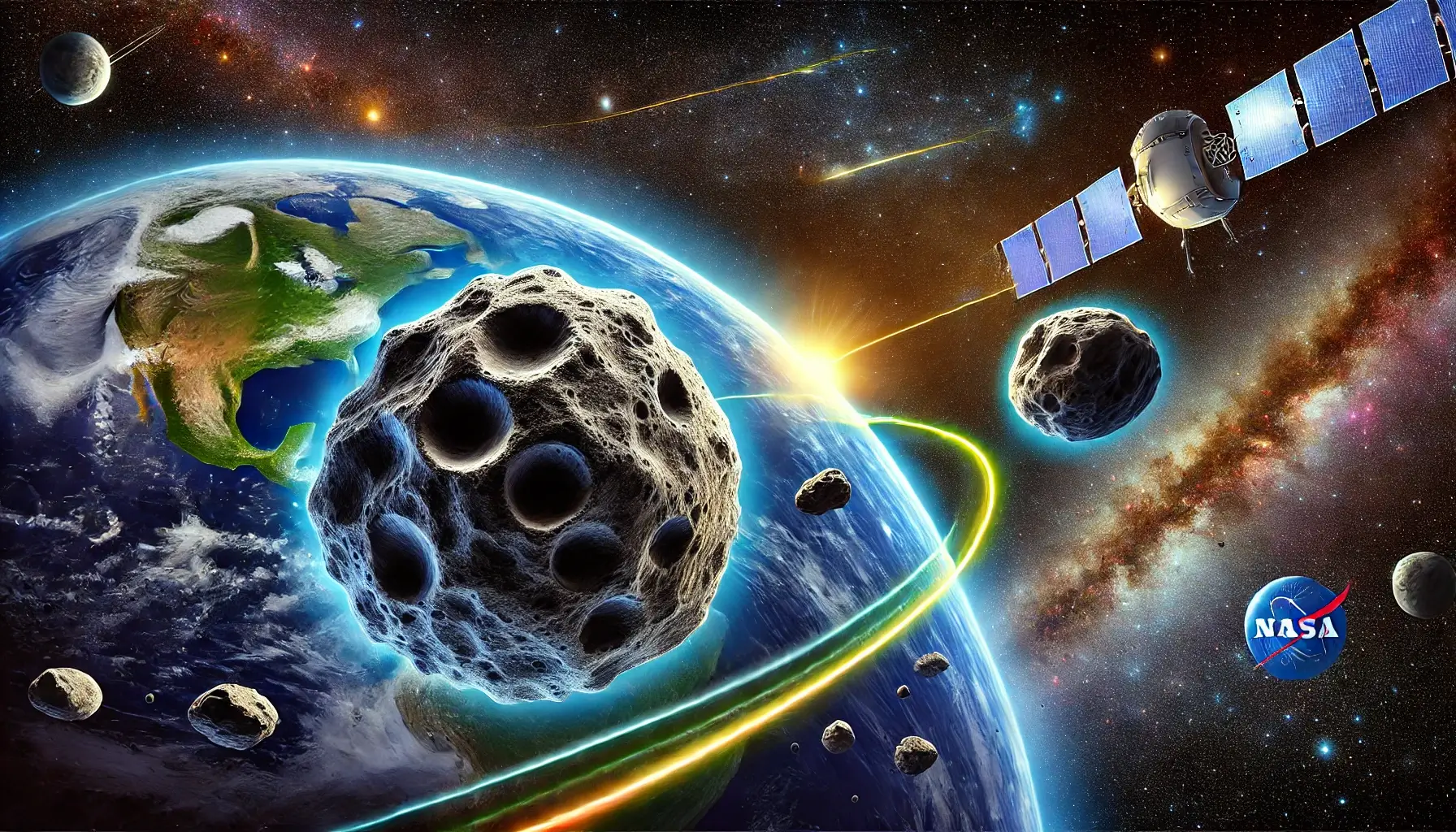Astronomically, it was quite an interesting week for our planet since two large asteroid came close to our planet and one of them was almost a mile in diameter. NASA has been keen on these space rocks resulting in the giving out of information about the space structure and the assurance that none of them pose any harm to our planet in the immediate future.
Key Details:
- Asteroid 2011 UL21:
Size: Of about 500 feet width.
Distance from Earth: 4. 500 000 lifetimes; or 1 million miles, which is seventeen times the distance between the Earth and the Moon.
Date of Approach: 27/06/2024.
- Asteroid 2024 MK:
Size: The experimentation field is about 500 feet wide mdash; that is, the distance from the center of the field to the edges on both banks.
Distance from Earth: 184,000 miles (Or 2965 kilometers which is slightly more than three-quarters of the distance to the moon).
Date of Approach: Application Future Date: June 29, 2024.
The radar facilities that tracked these NEOs included NASA’s Deep space network’s goldstone solar system radar and the Jet Propulsion Laboratory or JPL. These observation are very important for the purpose of protection of our planet as it gives information about these asteroids regarding their dimensions, orbit, spinning, surface features and type.

Significant Observations:
Asteroid 2024 MK: Even though it was found only 13 days before its arrival to the closest distance, it was considered as PHA – potentially hazardous asteroid. But, additional figures proved that it does not pose any danger to the Earth in the near future. This asteroid is ill-defined and has angular shapes particularly the flat and the rounded shapes.
Asteroid 2011 UL21: However, it was discovered recently, through radar that this asteroid is actually accompanied by a small moon, which is a characteristic of roughly two-third of asteroids that are of comparable size. This discovery is specially relevant as from it it is possible to determine the approximate distance between these two objects, as well as their masses and densities, which are of crucial importance if the study of the formation of celestial bodies.
Importance of Close Approaches:
These near encounters while not being hazardous are important for enhancing our knowledge of asteroid behaviors and fine-tuning the concept of protection against threats from space. Such experiments are good practice for planetary defense and give very specific information about the physical characteristics of those asteroids.
